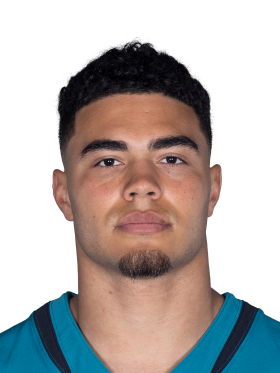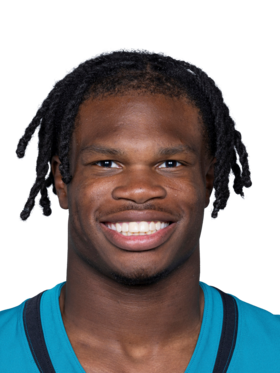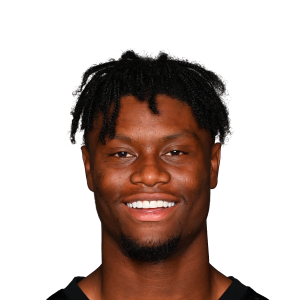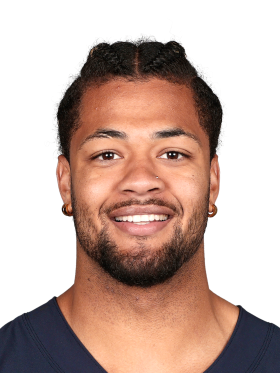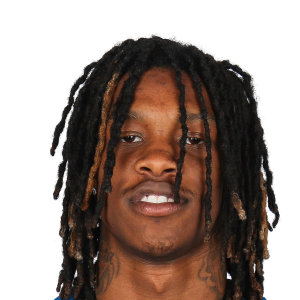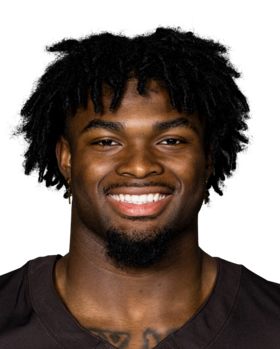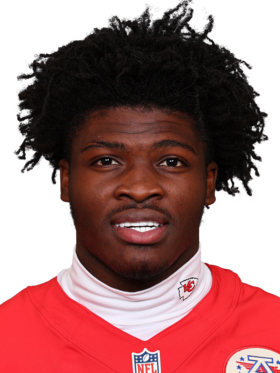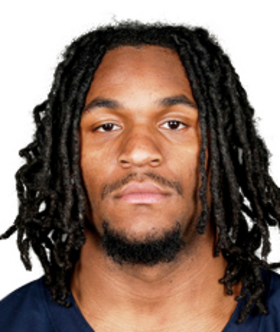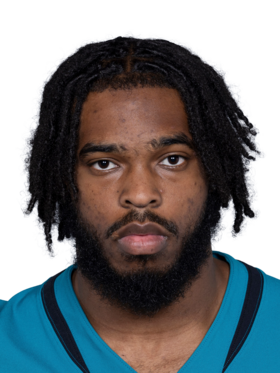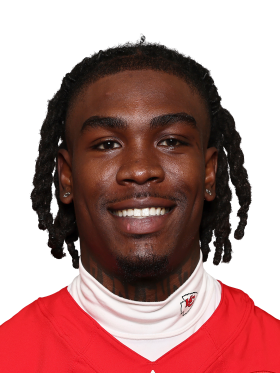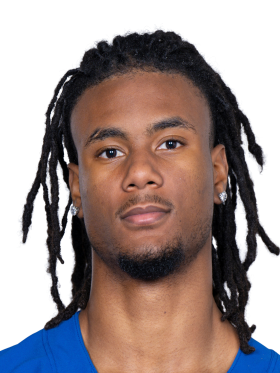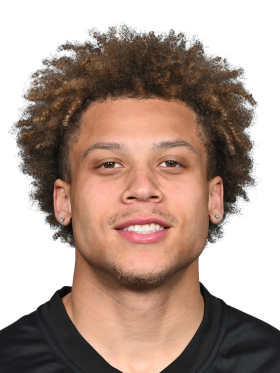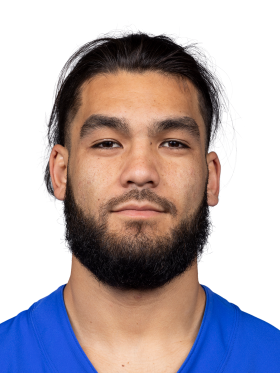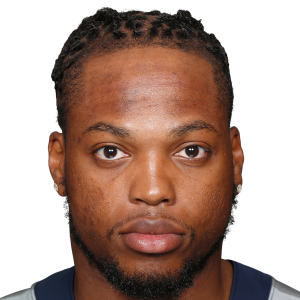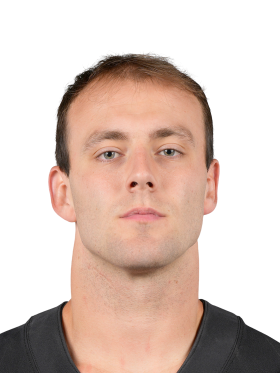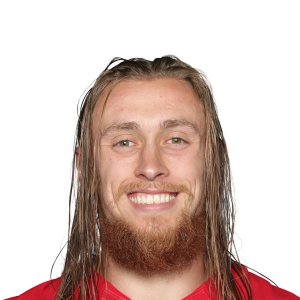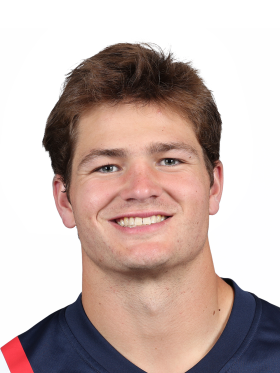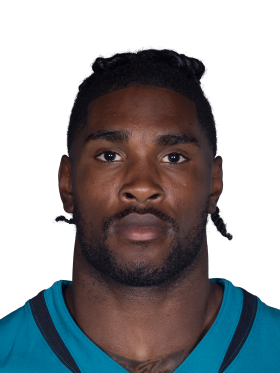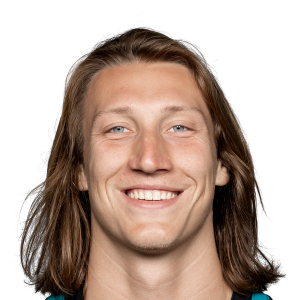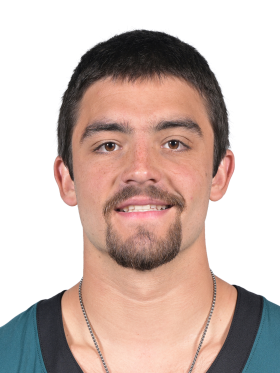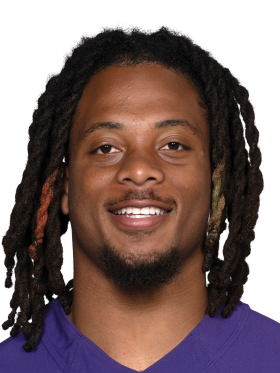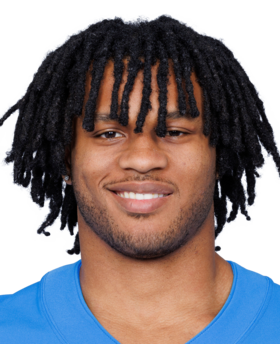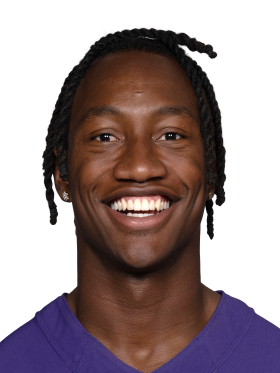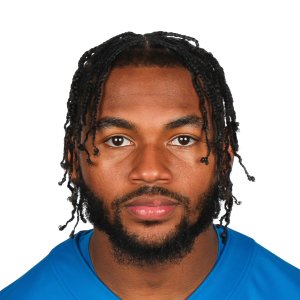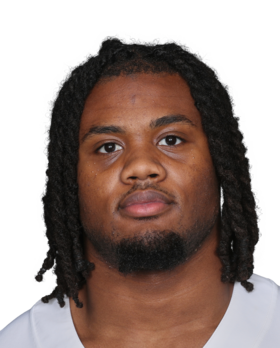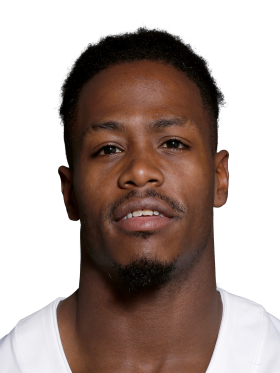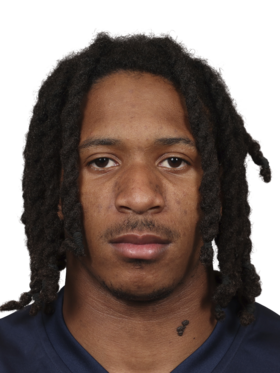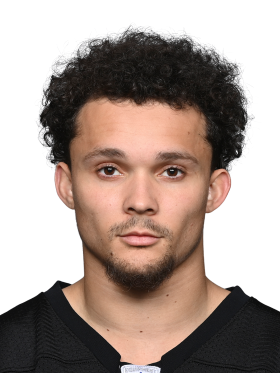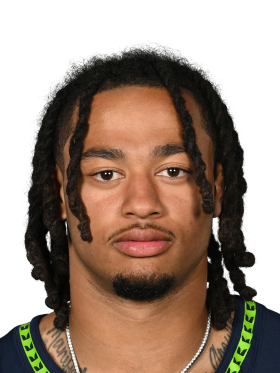Pat Kerrane said Drake Maye is his single favorite late-round quarterback and called him a true “skeleton key” for Best Ball builds. Kerrane is sitting at 32% exposure on DraftKings and 24% on Underdog—an unusually aggressive stance for him at QB—because he believes the market is overlooking several ceiling signals. First, Vegas gives New England an 8.5-win total and the second-easiest schedule in the league; the Patriots are actually favored in 11 of 17 games, yet still project for plenty of competitive, pass-friendly scripts against elite teams like Buffalo and Baltimore. Second, Maye upgrades from last year’s “dumpster-fire” environment to a competent offensive staff and slightly better weapons, creating a pathway to a C.J. Stroud-style leap. Third, Maye’s willingness to scramble (Kerrane compared the play style to a hybrid of Josh Allen’s power and Jayden Daniels’ decisiveness) supplies critical rushing juice that can swing weekly Best Ball tournaments. Finally, touchdown volatility is on Maye’s side; Kerrane noted that Baker Mayfield jumped from 28 to 41 scores in a single season and argued a similar spike is well within range if New England’s offense merely functions. Given a QB22–QB24 ADP, Kerrane views Maye as a cheap bet on 3,800-plus passing yards, 400 rushing yards, and a puncher’s chance at 30 total touchdowns—outcomes that would bury the pocket of the draft where he’s currently available.







